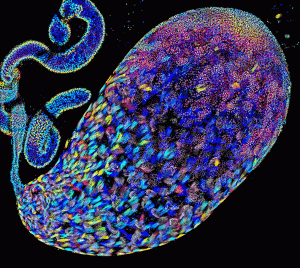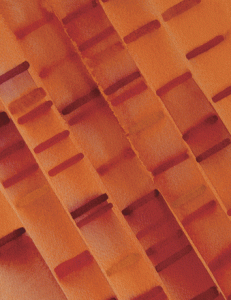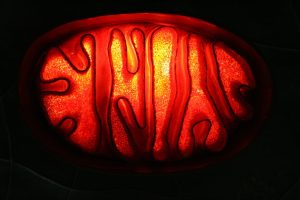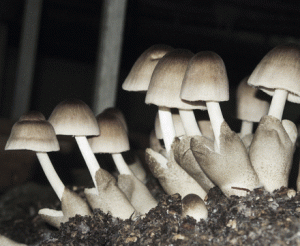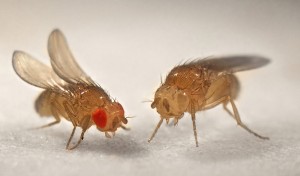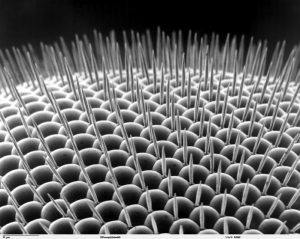Enter your address to receive notifications about new posts to your email.
Science & Publishing
-
Science & Publishing
An executive decision
I am pleased to announce the appointment of Tracey DePellegrin as the new Executive Director of the GSA. Tracey has been the Executive Editor of our two journals, GENETICS and G3. Those of you who have not been president of the GSA—a population that included me until this year—may well be asking, “What does an…
-
Science & Publishing
Incredible Images from #TAGC16
The Allied Genetics Conference was a combined meeting of seven genetics research communities held July 13-17, 2016 in Orlando, Florida. Many talks given throughout the meeting featured compelling images and videos that generated a lot of buzz in various communities. Here, Genes to Genomes is excited to highlight just a few of the wonderful scientific images shared at #TAGC16.…
-
Science & Publishing
Trying to Find your Way in the Nervous System? C. elegans can help!
Guest post by Daniel G. Taub. With billions of neurons in the human brain, making the right connections during development seems a daunting task. A developing neuron often follows the lead of trailblazers, using existing bundles of axons called axonal tracts as a guide. But how does the original axonal tract get laid down? In…
-
Science & Publishing
August GENETICS Highlights
Check out the August issue of GENETICS by looking at the highlights or the full table of contents! ISSUE HIGHLIGHTS This Month’s Centennial Articles Horvitz and Sulston on Caenorhabditis elegans cell lineage mutants, pp. 1485-1487 Kenneth J. Kemphues Kenneth Kemphues introduces Horvitz and Sulston’s 1980 GENETICS Classic, which demonstrated that systematic mutational analysis could dissect the regulation of the…
-
Science & Publishing
#TAGC16 Shorts: Mitonuclear interactions
Guest post by Mathieu Hénault. #TAGC16 Shorts are brief summaries of presentations at The Allied Genetics Conference, a combined meeting of seven genetics research communities held July 13-17, 2016 in Orlando, Florida. Most traits are controlled by more than one gene, and interactions between the effects of genes (GxG) can modify phenotypes in a non-additive…
-
Science & Publishing
What we learned from the Hiroshima/Nagasaki survivor studies
The detonation of atomic bombs over the Japanese cities of Hiroshima and Nagasaki in August 1945 resulted in horrific casualties and devastation. The long-term effects of radiation exposure also increased cancer rates in the survivors. But public perception of the rates of cancer and birth defects among survivors and their children is in fact greatly…
-
Science & Publishing
New in G3: mushrooms, morphogenesis, and micronuclei
Check out the August issue of G3! Investigations Genetic Architecture of Resistance to Stripe Rust in a Global Winter Wheat Germplasm Collection Peter Bulli, Junli Zhang, Shiaoman Chao, Xianming Chen, and Michael Pumphrey G3 August 2016 6:2237-2253; Early Online May 25, 2016 doi:10.1534/g3.116.028407 Abstract | Full Text | Full Text (PDF) | Supplemental Material Meiotic…
-
Science & Publishing
#TAGC16 Shorts: The fate of duplicates
Guest post by Caroline Berger. #TAGC16 Shorts are brief summaries of presentations at The Allied Genetics Conference, a combined meeting of seven genetics research communities held July 13-17, 2016 in Orlando, Florida. You might remember the flickering cilia of little Paramecia from the classroom, where these ciliate species can be easily observed with a binocular…
-
Science & Publishing
#TAGC16 Shorts: Gut microbes influence alcohol sensitivity
Guest post by Deepika Vasudevan. #TAGC16 Shorts are brief summaries of presentations at The Allied Genetics Conference, a combined meeting of seven genetics research communities held July 13-17, 2016 in Orlando, Florida. The microbes in our guts seem to affect almost every aspect of human health, from the obvious (e.g. metabolism1) to the unexpected (e.g.…
-
Science & Publishing
Kimura & Crow: Infinite alleles
For two weeks in the summer of 1953, Motoo Kimura enjoyed a welcome respite from loneliness and the austerity of post-war Japan. Crossing the Pacific from Yokohama to Seattle to commence PhD studies at Iowa State University, Kimura played deck golf, enjoyed full service meals, and napped to the soothing vibrations of the venerable passenger…
-
Science & Publishing
Why flies forget: a molecular look at long-term memory
Memory is a complex neurological process, and understanding its mechanics rarely yields clear-cut answers. So far, research on the memory-implicated gene HDAC4 has been no exception—in fact, HDAC4’s effects on long-term memory seem completely contradictory. Increased HDAC4 protein in the cell nucleus causes memory deficits, and consistent with this, a human mutation that resulted in…


